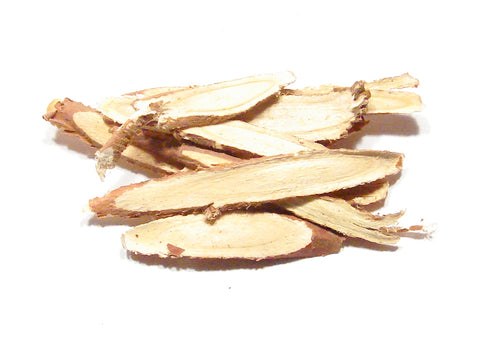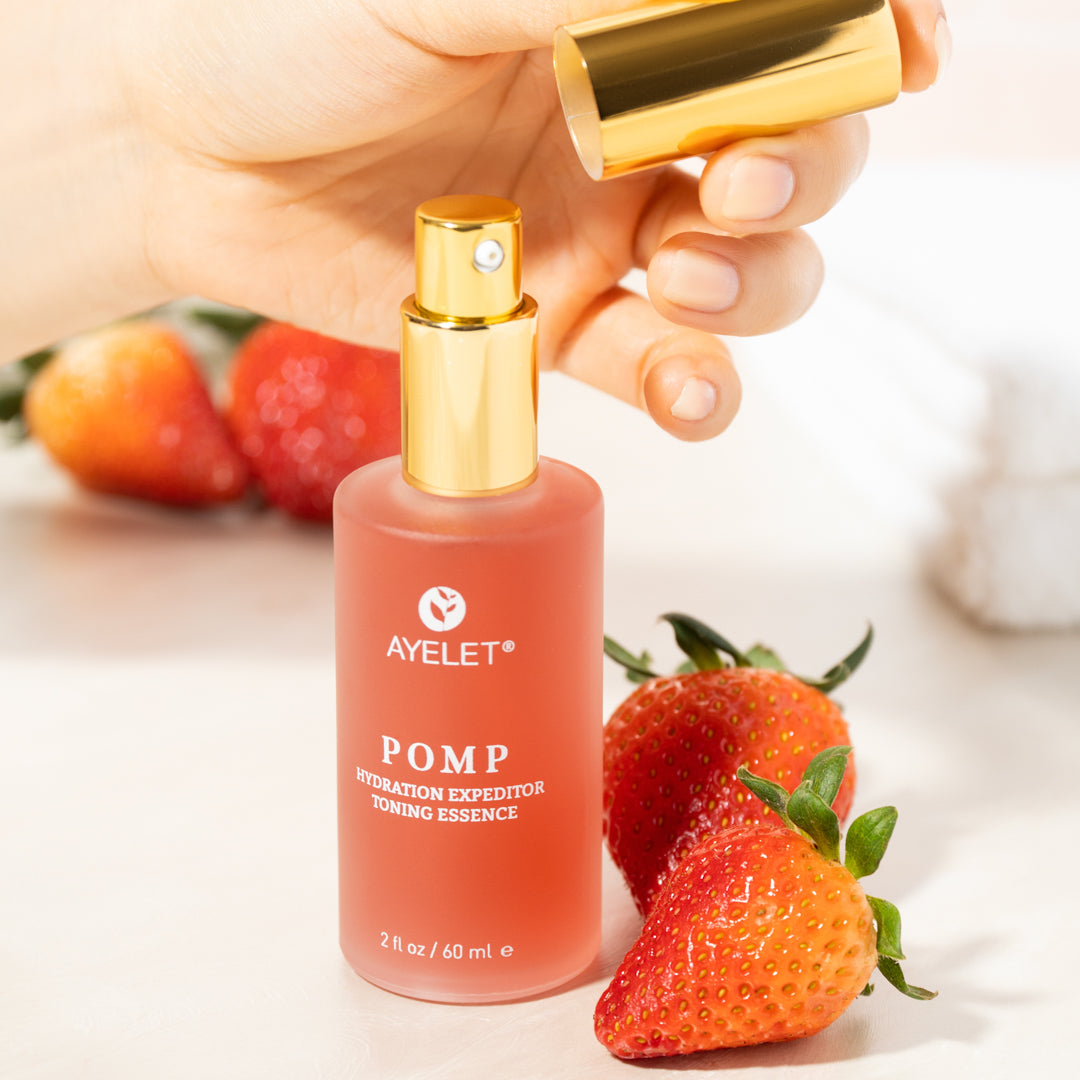
Licorice (Glycyrrhiza glabra) is a leafy green plant that yields small purple to pale blue flowers. It also grows long roots which can extend down well over a foot sometimes. These roots yield the characteristic flavor we know as licorice. The root is boiled down and the water evaporated in order to produce licorice extract.
Licorice has been used for many thousands of years to treat skin ailments.
Licorice contains various cosmeceutical compounds:
Glycyrrhizic acid
It has been shown to have anti-inflammatory activity because it has been found to mimic cortisol in our bodies. Cortisol is a steroid hormone that is released in our body in response to stress. It regulates and reduces inflammation in the body, so by glycyrrhizin mimicking cortisol it is indirectly having an anti-inflammatory effect.
This has also been shown to reduce swelling, redness, and itching in dermatitis (eczema).
Glabridin
Licorice also contains a compound called glabridin which is a phytoestrogen. Phytoestrogens are plant-derived compounds with biological activities comparable to the human hormone estrogen. It is well known that estrogen stimulates the body to make collagen and hyaluronic acid – two essential components of the skin which form an important part of the connective tissue and keep our skin looking young.
Glabridin does more than just providing anti-aging properties! It also inhibits the activity of an enzyme called tyrosinase which is known to be a key enzyme in determining the color of our skin and hair. Some people suffer from discoloration of the skin – examples include age spots or hyper-pigmentation.
Skin lightening cosmetics are in hot demand all over the world..
Luckily, naturally-occurring compounds such as glabridin have been found to be successful at lightening the color of skin. Studies have shown that glabridin also prevents UV-B induced pigmentation and exerts anti-inflammatory effects on the skin.

Liquiritin
Sounds like a miracle herb right? So what more can this miracle herb do for my skin?
Licorice also contains a compound called liquiritin. This chemical is particularly useful for treating melasma which is a tan or dark skin discoloration and is particularly common in women, especially those who live in areas of intense sunlight exposure, are pregnant or are taking oral contraceptives.
Unlike glabridin, it doesn’t affect tyrosinase but causes depigmentation by other mechanisms.
So not only is licorice anti-inflammatory but it also contains compounds that enhance skin penetration, provides skin brightening properties, and treat melasma.


